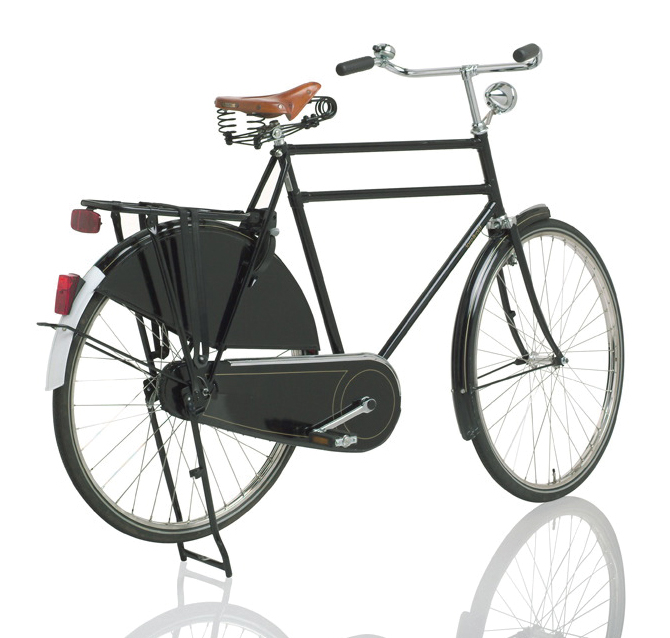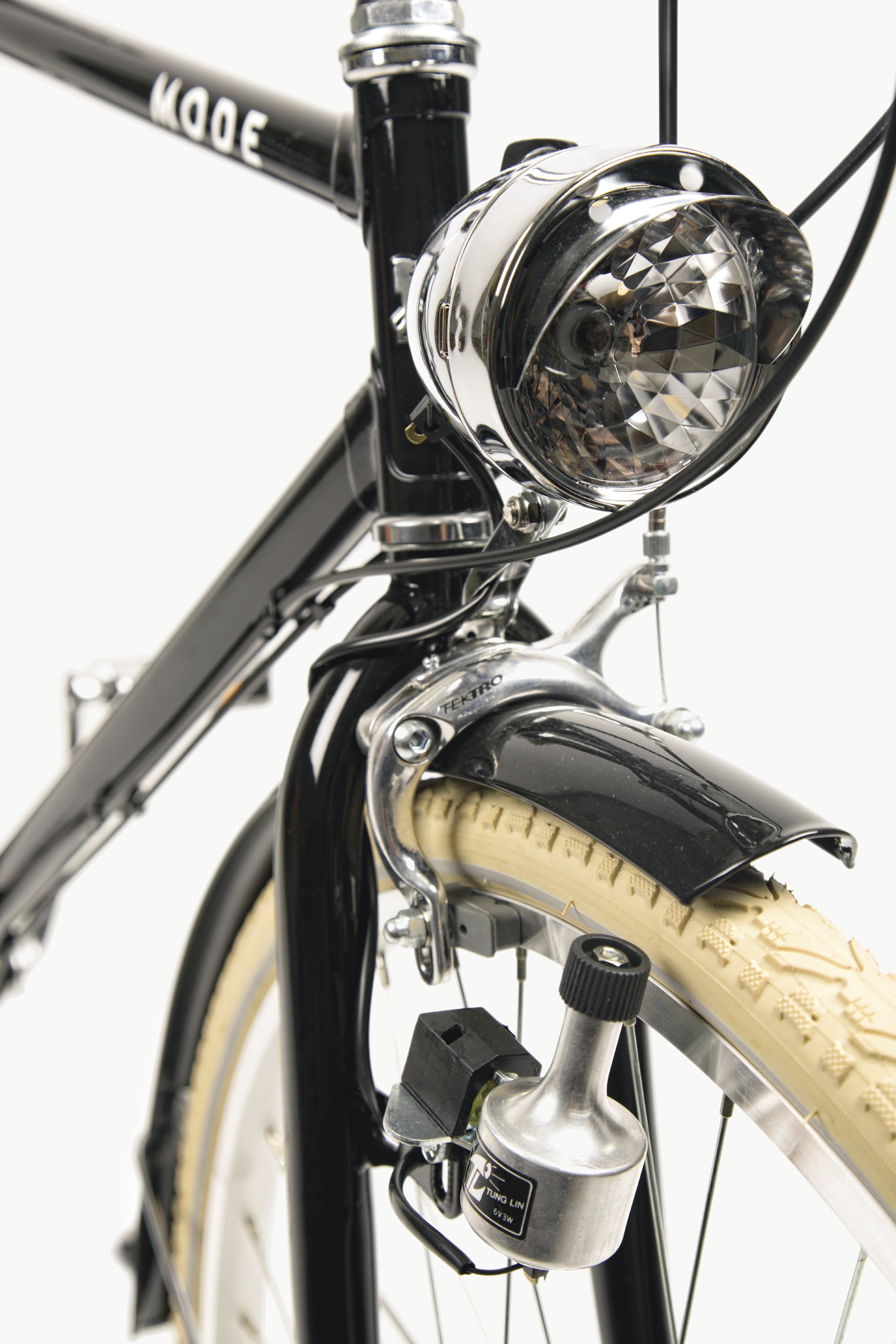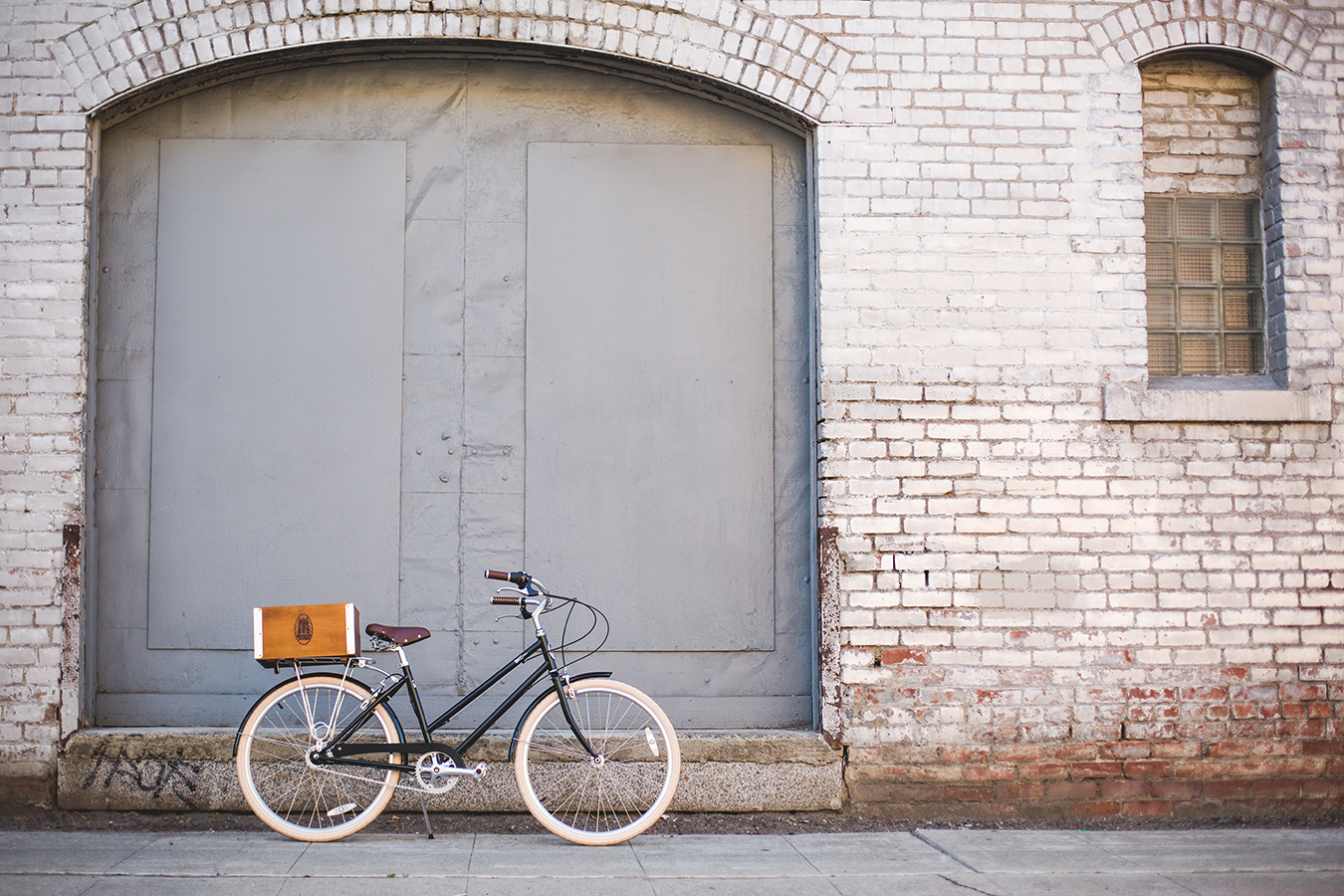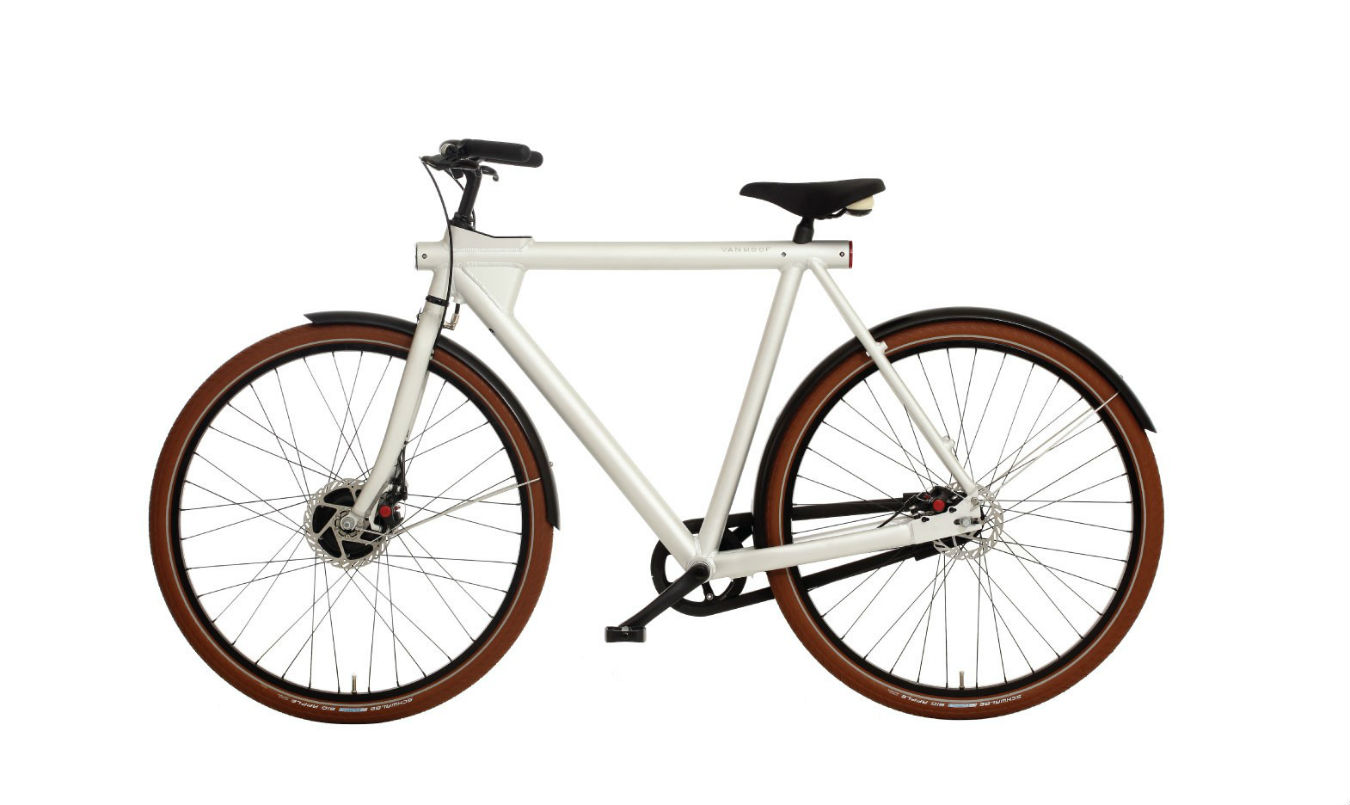Stromer’s ST2
The world's first digitally connected e-bike.
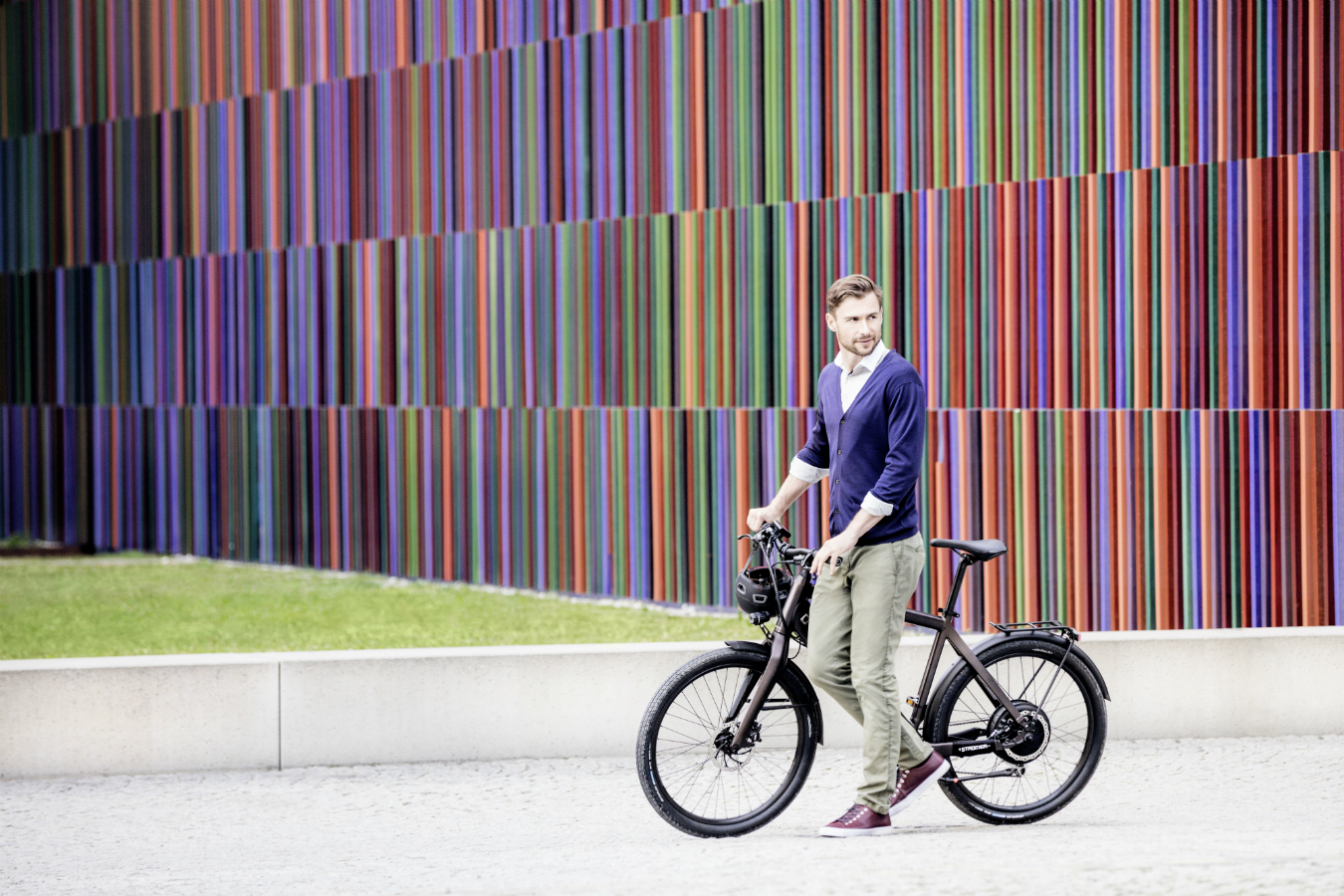
Remember, for a moment, the liberation you felt when riding your bike as a child: the sensation of wind whirling past you, of spokes turning faster with each pedal, and the experience of cycling just for the sheer joy of it. For many, that feeling slowly became diluted with age, and the act of riding a bike turned into something more dully utilitarian: an exercise regimen, or a way to commute to work. Swiss company Stromer’s ambition is to make riding your bike fun again.
Founded in 2009 by Swiss entrepreneur Thomas Binggeli, Stromer’s first product was the sleek ST1 bicycle. The ST1 is an e-bike, meaning it runs on both the power of electricity and pedalling, with a stylish frame and three battery-powered motor options to fuel your ride. The success of the ST1 encouraged Binggeli to push the boundaries of design and cycling technology further.
Cue the debut of the ST2 in 2014, the world’s first digitally connected e-bike. The ST2 wirelessly connects riders, using the cloud-based digital platform Omni, to the Stromer portal. Accessed through Stromer’s app, the portal stores personalized information about each bike, such as maintenance schedules and when its next service appointment is needed. The portal also allows the bike’s dealer to observe the performance of the ST2, so minor problems may be rectified remotely. The Omni-connected digital interface on the ST2’s crossbar relays live telemetrics about one’s ride, including speed (in kilometres per hour), the motor’s battery life, and Google Mobile Services. Further, the Stromer app allows riders to digitally lock and unlock their bike via a PIN code, to prevent theft. In the near-impossible event that someone does manage to steal an ST2, its lights will flash and its motor will go into “theft mode,” shutting down and making it almost impossible to ride. The bike can also be located through its GPS tracking system.
Yet the ingenuity of the ST2 goes beyond its tech-savviness—its contemporary engineering is what makes it truly fun to ride. Take the motor, a quiet 500-watt machine that allows cyclists to reach speeds of up to 45 kilometres per hour, for example, or the 20-speed Shimano gears, and the 48-volt battery that converts the kinetic energy created by breaking to recharge while you ride. The battery, which has a lifespan of up to 150 kilometres, can also be recharged through a socket in the bike’s frame or removed from the bike and charged at any electrical outlet at home.
At Stromer’s headquarters in Oberwangen, Switzerland, eco-friendly innovations that reflect those of the ST2 e-bike are emphasized. The facility is powered by rooftop solar cells and each ST2 battery created is filled with solar-derived energy. The 70-odd employees are motivated to build bikes that help modern, urbanite riders rethink their everyday commute. Stromer’s ST2 has not reinvented the wheel—but it just may have reinvented the bike.

